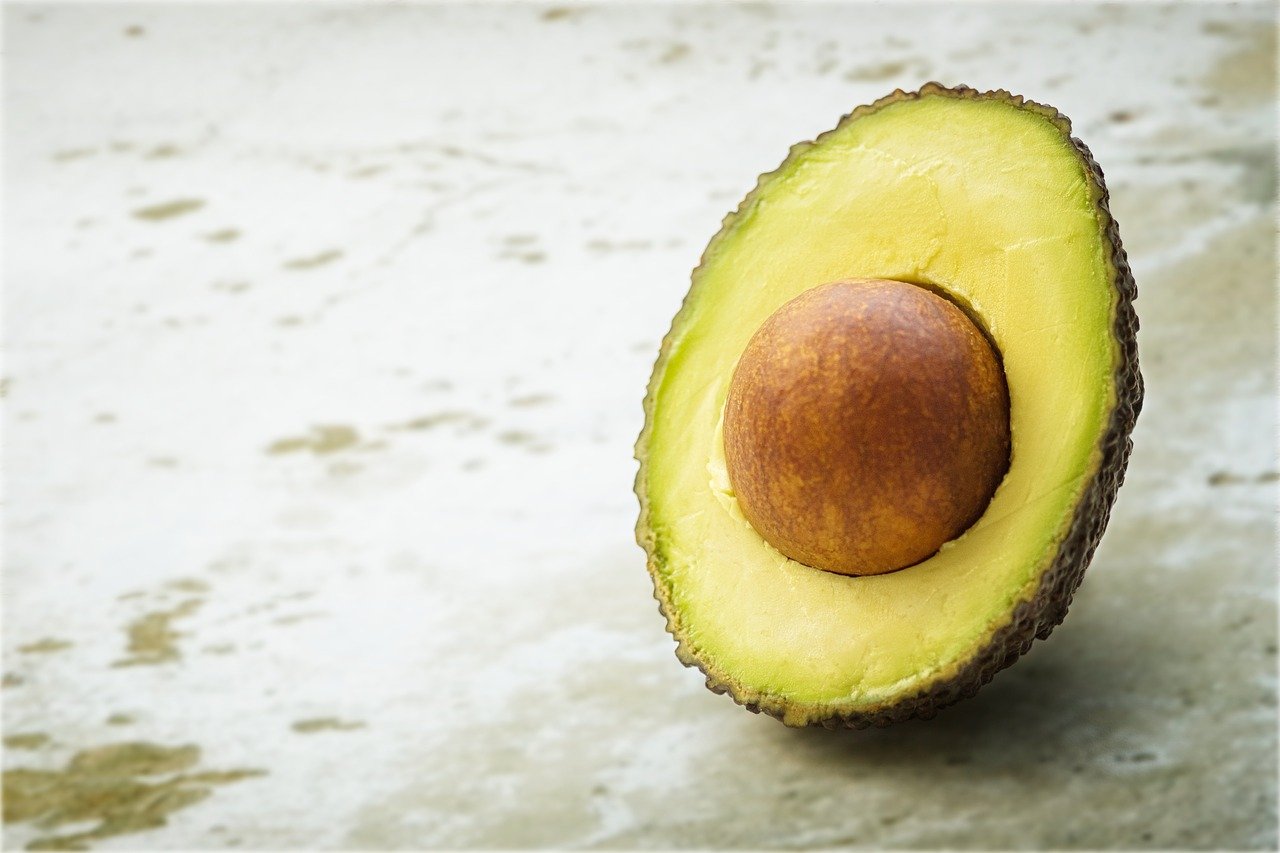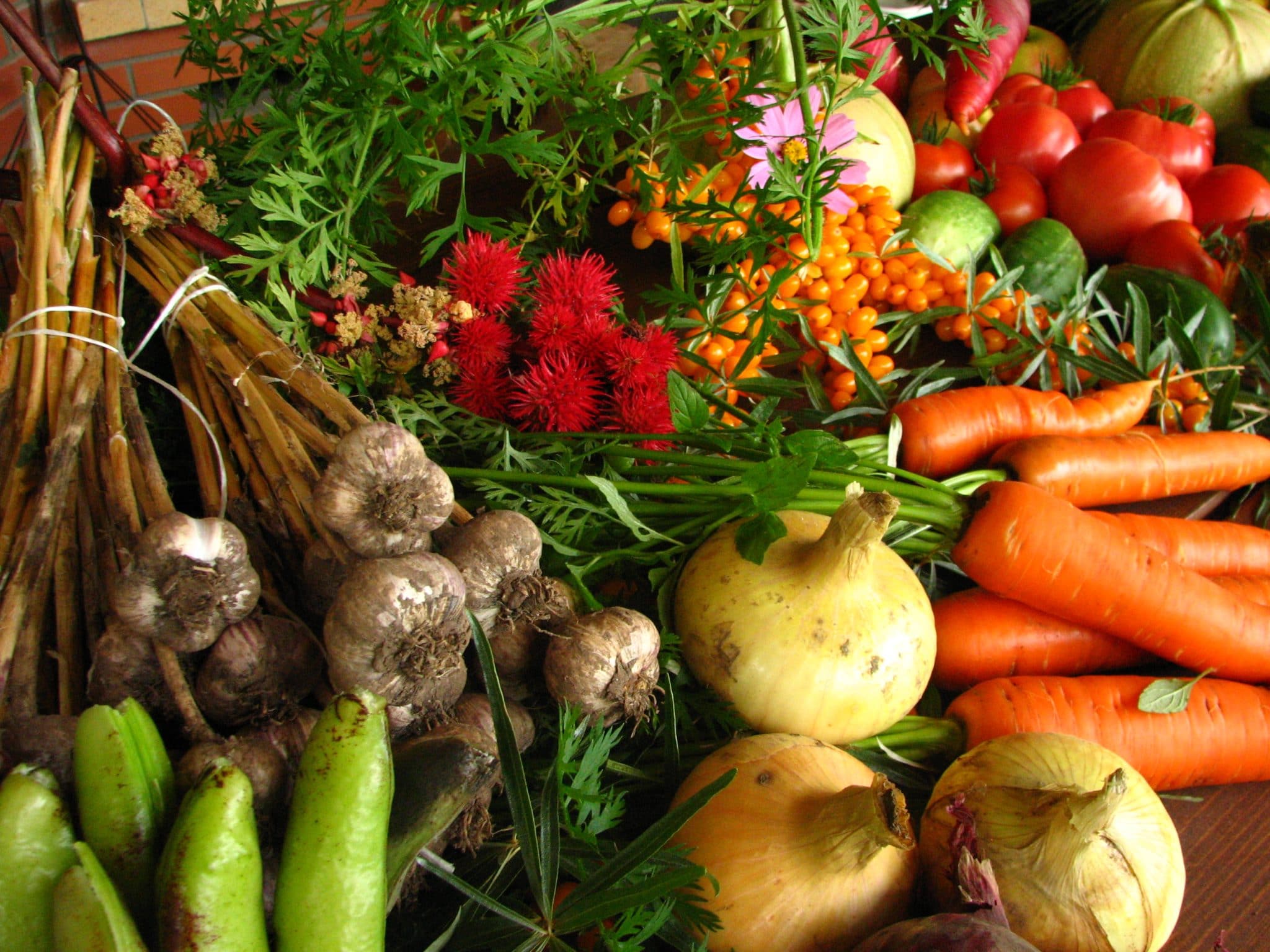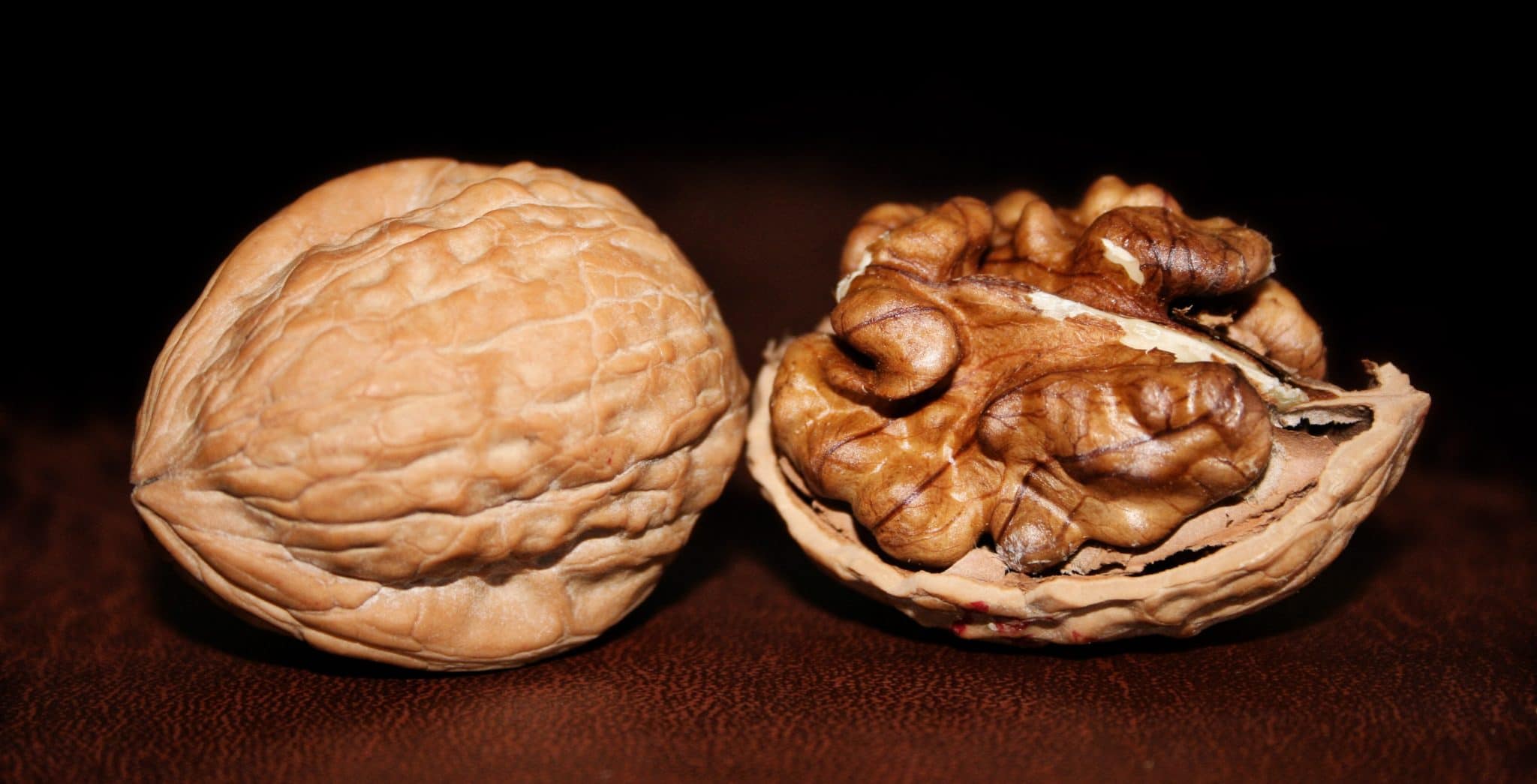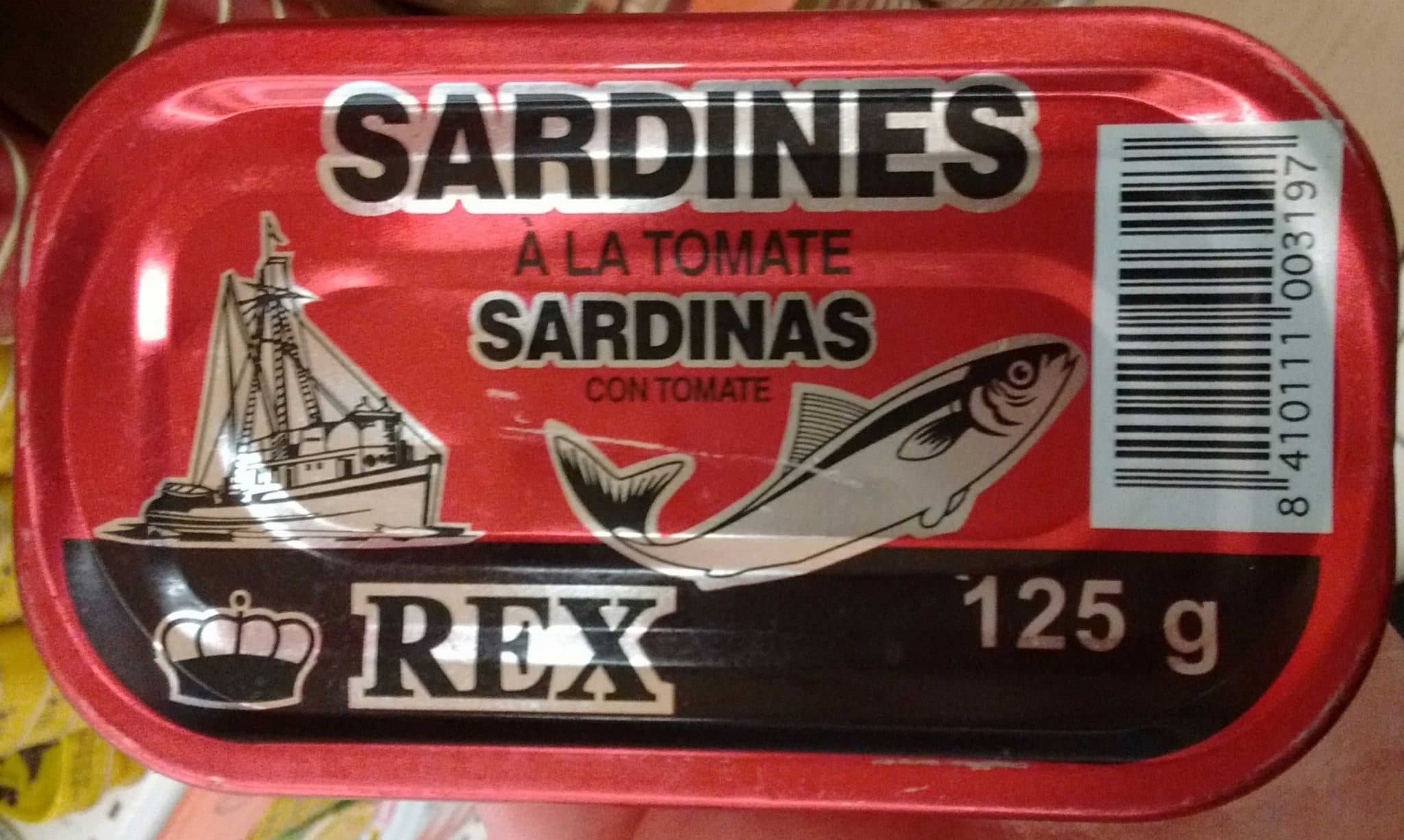
 Can the way you eat make a substantial difference in your health? The answer is definitively yes and new research provides insight into how and why.
Can the way you eat make a substantial difference in your health? The answer is definitively yes and new research provides insight into how and why.
A team of researchers from Boston, Cambridge and New York have found that 45 per cent of all deaths in the United States due to heart disease, stroke and type 2 diabetes are associated with ten bad dietary habits, including a high intake of salt and too little fruits, vegetables and whole grains.
The study looked at 702,308 known cardiometabolic or CMD deaths (those concerning heart disease and metabolic disorders like diabetes) in the US in 2012 and found that 45.4 per cent or 318,656 of these deaths were linked to poor dietary consumption of ten specific factors.
Researchers used comparative risk assessment models to track the numbers of CMD deaths connected to poor dietary intake and arrived at the ten commonly observed poor nutrition habits through analysis of two National Health and Nutrition Examination Surveys conducted in 1999-2002 and 2009-2012.
So let’s take a longer look at these recommendations which can be surprisingly simple, if not easy, to implement.
AVOID SUGAR SWEETENED BEVERAGES

You probably guessed the first one, it’s the startling rise in SSBs or Sugar Sweetened Beverages, which many think are the main culprit in the obesity epidemic. Consumption of these beverages tripled between 1977 and 2001. And recent studies have revealed that it’s not just Coca-Cola that is to blame, it’s a beverage that many of us were taught was healthy.
“With every additional sugary beverage a child drinks daily, the odds of becoming obese increase by 60%,” notes Canada’s Heart and Stroke Foundation. “Children who consume sugary drinks during infancy are more likely to have obesity within six years. There is emerging research to show that drinking 100% fruit juice regularly at a young age increases the odds of becoming overweight in later years.”
The Heart and Stroke Association says more than 60 per cent of adults and 32 per cent of kids between the ages of six and seventeen are now obese. But how can this be, you might ask. After all, you hardly see any bottles of Coke or Pepsi around anymore. That’s because new categories have emerged. Sales of sugary energy drinks have surged 638 per cent recently, so have flavored waters (527 per cent) and sweetened coffees (579 per cent).
So how can you stop drinking so much soda? Dietitian Elaine Magee suggests a multi-pronged approach. She says switching to diet sodas or coffee can help and so can “pimping” your water.
“To an avid soda drinker, water can seem a little unexciting,” Magee says. “One of the best ways around that is to add noncaloric flavors to your water. A sprig of mint or a slice of lemon or lemon will do wonders. If you like subtler flavors, try a slice or two of cucumber or a frozen strawberry.”
GET YOUR GOOD (POLYUNSATURED) FATS

Remember the low fat diet trend from the 1990’s? Back then, all fats were bad, full stop. Everything on the grocery store shelf had a low fat version of itself. But something funny happened along the way: despite eating all these supposedly improved offerings we kept getting fatter and fatter. A study from 2008 called “How the Ideology of Low Fat Conquered America” by Ann F. La Berge summarized the trend and suggests that its roots were much deeper than you might have thought.
“Scientific studies dating from the late 1940s showed a correlation between high-fat diets and high-cholesterol levels, suggesting that a low-fat diet might prevent heart disease in high-risk patients,” says the report’s abstract. By the 1960s, the low-fat diet began to be touted not just for high-risk heart patients, but as good for the whole nation. After 1980, the low-fat approach became an overarching ideology, promoted by physicians, the federal government, the food industry, and the popular health media. Many Americans subscribed to the ideology of low fat, even though there was no clear evidence that it prevented heart disease or promoted weight loss. Ironically, in the same decades that the low-fat approach assumed ideological status, Americans in the aggregate were getting fatter, leading to what many called an obesity epidemic. Nevertheless, the low-fat ideology had such a hold on Americans that skeptics were dismissed. Only recently has evidence of a paradigm shift begun to surface, first with the challenge of the low-carbohydrate diet and then, with a more moderate approach, reflecting recent scientific knowledge about fats.”
Today we know this ideology was wrong and that there are good and bad fats and our bodies most definitely need the good ones.
“Contrary to past dietary advice promoting low-fat diets, newer research shows that healthy fats are necessary and beneficial for health,” says The Harvard School of Public Health.
So what are the “bad” fats? Those are trans fats that contains partially hydrogenated oil. Most of them have been removed from the shelves but some remain, such as some vegetable oils, microwave popcorns, margarine, some fast foods, corn chips, frosting, some crackers and non-dairy coffee creamers.
Next we have the “sorta bad but not really depending on how much you eat” fats, Saturated Fats. Think cheese, red meat, butter, ice cream. Okay in moderation, not so great if you eat a ton.
Finally, we have the “Good” fats, polyunsaturated and monounsaturated fats, the ones that actually lower your risk of bad health. These are found in fish such as salmon and sardines, in olive oil and nuts, seeds and avocados.
AVOID SODIUM. HERE’S WHY.

Just like sugar, salt seems to have weaseled its way into everything we eat. Because it makes us retain water it can raise blood pressure, causing our hearts to have to work harder. Marisa Moore, registered dietician and spokesperson for the Academy of Nutrition and Dietetics, says most of us consume double what we require and the average American consumes 3,400 milligrams of sodium.
Mary Ellen DiPaola, an outpatient dietitian at the University of California San Francisco Medical Center, agrees with Moore but says there is an easy way to reduce your salt intake.
“If we are consuming fresh, whole and natural foods, sodium intake can be reduced quite easily,” she says. Avoiding added salt, soy sauce or other salty condiments will also help reduce total sodium intake. Look for products less than 140 milligrams per serving, which is considered to be low in sodium. Requesting less sodium added to foods in restaurants is another means to reduce total daily sodium. More importantly, consider cooking at home with fresh foods and low sodium recipes.”
So you want to reduce salt intake starting tomorrow? The answer is probably to eat out less. Restaurant meals are packed with sodium. For example, Researchers found that Sbarro’s NY Meat Primo 17 Inch Pizza contained a whopping 10,510 mg of sodium. They also found the Shake Shack Double Smoke Shack Burger contained 3,030 mg sodium and the “Outback Steakhouse Steak Quesadilla and Fries weighed in with 3260 mg.
SHOULD YOU EAT MORE FRUIT?

These are the recommendations that mothers have made since the dawn of time, and it turns out your mom was right, you should be eating more fruit. But wait a second, what about all that sugar that is in fruit, aren’t we trying to get less of that? It turns out they aren’t the same thing.
Lauri Wright, a nutritionist, public health specialist and spokeswoman for the Academy of Nutrition and Dietetics, talked to NPR about the misconception that a banana is as bad as a Snickers bar.
“There’s so much confusion,” she said. “I think this comes from the idea we’ve had for some time now that all carbs are bad, and that’s not the case. Carbs are required for energy.”
Turns out the fiber and generally low sugar totals in fruit help to regulate blood sugar spikes.
“Evidence shows that the health risks from sugars, such as tooth decay and unhealthy weight gain, are related to consuming too many free sugars in the diet, not from eating sugars that are naturally present in fruits or milk, argued Kacie Dickinson and Jodi Bernstein in a piece for The Conversation.
So which fruits should you be eating? Writer Jeff Nobbs recently broke down the Best and Worst Fruits using the following criteria:
“There are three main positive qualities that make certain fruits healthy, ” Nobbs argued.
1. Micronutrients (vitamins and minerals)
2. Antioxidants
3. Fiber
And there are a couple negative qualities we should watch out for:
1. Sugar (specifically, fructose)
2. Blood sugar impact (glycemic load)”
Using this criteria Nobbs found that kiwis, pineapple and blueberries came out on top, while apples and pears, which he says are “bred for sweetness ranked worst.
YOU NEED TO EAT MORE VEGETABLES

Another no-brainer, but there is a statistic that is actually shocking here. A full 90 per cent of Americans do not meet the federal government’s Dietary Guidelines for Americans call for adults to eat two to three cups of vegetables per day.
A study published recently in the Centers for Disease Control’s Morbidity and Mortality Weekly Report confirmed the numbers were actually a tick worse than that, with their figures showing just nine per cent of adults getting their vegetables in sufficient quantities.
This report highlights that very few Americans eat the recommended amount of fruits and vegetables every day, putting them at risk for chronic diseases like diabetes and heart disease,” said Seung Hee Lee Kwan, Ph.D., of CDC’s Division of Nutrition, Physical Activity and Obesity, lead author of the study. “As a result, we’re missing out on the essential vitamins, minerals, and fiber that fruits and vegetables provide.”
So now this is a challenge. Exactly how do you get enough vegetables in your diet?
Brianna Elliott, writing for Healthline says the trick is to get creative, less thinking about chowing down on a full plate of broccoli and instead integrating veggies into your everyday life. She suggests making soups, using vegetable-based noodles, making a smoothie, making savory oatmeal, swapping hamburger for a vegetarian option and making cauliflower rice.
“There are so many ways to add vegetables to everyday food items. Some can sneak right into recipes without a lot of drama (like spinach) and some add color and flavor in ways you’d never expect (like beets and sweet potatoes),” she adds. Adding to a dish is great, but sometimes veggies can become the star as your sandwich bun or rice.
YOU SHOULD BE EATING MORE NUT AND SEEDS

You’re presumably not a bird or a squirrel, so why should you be eating nuts and seeds? It’s simple, pound for pound, these are some of the most nutritionally dense foods in the world. But there is one caveat: remember when we talked about good fats and bad fats? Well nuts have a ton of the former, but it can be easy to overdo them, calorie wise as any peanut butter lover will tell you.
“As much as 80% of a nut is fat,” notes the Mayo Clinic. “Even though most of this fat is healthy fat, it’s still a lot of calories. That’s why you should eat nuts in moderation. Ideally, you should use a handful of nuts or a tablespoon or two of a nut spread as a substitute for saturated fats, such as those found in meats, eggs and dairy products.”
The Mayo Clinic lists a host of reasons to be eating nuts and seeds, including Omega-3 fatty acids, fiber, Vitamin E, plant sterold and L-arginien, all of which help tremendously with cardiovascular health.
UNPROCESSED RED MEATS

This one is controversial in some circles. Okay, no one is going to argue that the hot dog you had at the ballpark was actually good for you. But what a steak or chicken breast straight from the butcher?
“Red meat may not be as bad for your heart as earlier research has suggested,” says Harvard Health. “Many people who try to follow a healthful diet eat red meat with a side order of guilt. A study suggests that eating beef, lamb, pork, and other red meat is okay for your heart and arteries as long as it hasn’t been smoked, cured, salted, or otherwise preserved. But go easy on processed meats like bacon, cold cuts, and hot dogs.”
In 2019, the New York Times ran an article that many health professionals were backtracking on their RED MEAT BAD stance.
Public health officials for years have urged Americans to limit consumption of red meat and processed meats because of concerns that these foods are linked to heart disease, cancer and other ills,” wrote Gina Kolata. “But on Monday, in a remarkable turnabout, an international collaboration of researchers produced a series of analyses concluding that the advice, a bedrock of almost all dietary guidelines, is not backed by good scientific evidence.”
So should you immediately begin chowing down on the 32 ounce Porterhouse? Not so fast: keep in mind that meat is high in saturated fat, cholesterol and, of course, calories.
PROCESSED MEATS

As controversial and the health benefits of unprocessed meat is, there is no debate with this one. Processed meats are bad for you, and they are bad for you in many ways, including too much salt, nitrates and preservatives. In fact the World Health Organization has classified processed meats such as salami, ham and bacon as Group 1 carcinogens, meaning they are known to cause cancer.”
“The current evidence suggests the higher [the] intake of processed meat, the higher the risk of chronic diseases and mortality,” said Frank Hu, Fredrick J. Stare Professor of Nutrition and Epidemiology and chair of the Department of Nutrition at Harvard T.H. Chan School of Public Health, adding that once or twice a month consumption is unlikely to have any real effect.
YOU NEED MORE WHOLE GRAINS IN YOUR DIET
Remember when we talked about the low fat movement running roughshod over all other health advice? We might be experiencing the same thing with low carb evangelism, which is now one of the reasons many of us are not getting whole grains. Wait a second, you say. I eat plenty of flour, cereal, white rice. What’s the problem? The problem is that all of those things are refined grains, meaning they are stripped of their germ, bran and endosperm to extend their shelf life. When we talk about whole grains we mean stuff like quinoa, bulgur, rolled oats, brown rice, barley.
Dietician Kathleen M. Zelman says about 40 per cent of Americans absolutely never eat whole grains and they are really missing out.
“Eating more whole grains is an easy way to make your diet healthier,” she says. “Whole grains are packed with nutrients including protein, fiber, B vitamins, antioxidants, and trace minerals (iron, zinc, copper, and magnesium). A diet rich in whole grains has been shown to reduce the risk of heart disease, type 2 diabetes, obesity, and some forms of cancer. Whole-grain diets can also improve bowel health by helping to maintain regular bowel movements and promote growth of healthy bacteria in the colon.”
GET OMEGA-3 FROM SEAFOOD

Kind of a new one? Many people still aren’t up to speed on the importance of Omega-3 fatty acids, but are slowly coming around.
Author Tom Brenna notes that while Omega-3 research dates back some decades, we have only really understood its importance for about thirty years, thank largely to a Canadian connection.
“It was not until the 1980s that omega-3s were widely understood to be required for neurocognitive health,” Brenna writes. “Eicosapentaenoic acid (EPA) was the first miracle omega-3, reducing cardiovascular disease risk, identified from studies in the natives of northern Canada in the late 1970s. The pendulum swung back to DHA in the 1980s and 1990s with animal deficiency studies8 complementing human clinical science demonstrating effects of dietary DHA on retina and brain development in infants. EPA has now joined in again, with human clinical trials consistently showing it is required for avoidance of depression in some. The expanding tools of modern biology have enabled clarification of the genetics and interconnected metabolism of omega-3 and omega-6 in our millennium. Our era of personalized health is first facilitated by nutrition of key nutrients, none more important than EPA and DHA.”
A lot of the science you will read about Omega-3s talk about the ratio of Omega-3s to Omega-6. Omega-6 fatty acids, while not necessarily bad for you are widely available. Omega-3s are not. And in societies that have a a lower ration of the former to the latter, such as Japan, it seems there is a lot less incidence of chronic disease.
Dietician Aglaée Jacob notes that this ratio has become extraordinarily high in the Western World.
“Despite the importance of consuming both omega-6 and omega-3 fatty acids, too much of either essential fatty acid (EFA) can impair how the other functions,” she argues. “Before the industrialization of food in the last century, scientists estimate that the ratio of omega-6 to omega-3 fats in the human diet averaged between 1:1 and 4:1.2. Substituting animal fats in the standard US diet with vegetable oils in margarines, salad dressings, and other processed foods has resulted in a drastic increase in omega-6 consumption. PUFA consumption rose from 13 to 37 g/day within the last 100 years and now accounts for 21% of total fat intake, mostly in the form of omega-6 fats.3 As a consequence of these dietary changes, the current omega-6 to omega-3 ratio has reached an all-time high, estimated at between 10:1 and 20:1.2 The excess of omega-6 fats and the deficiency in omega-3s in the US diet is thought to be associated with today’s increased prevalence of chronic and inflammatory diseases.”
Good sources of Omega 3-s include sardines, mackerel and salmon.
Supported by the US National Institutes of Health and the National Heart, Lung and Blood Institute, the research shows how a large percentage of deaths due to cardiovascular disease and diabetes are linked to poor diet, a finding which should inform national food and nutritions policies, say the study’s authors.
“These results should help identify priorities, guide public health planning, and inform strategies to alter dietary habits and improve health,” say the authors, whose study appears in the Journal of the American Medical Association.
Still the number one killer worldwide, cardiovascular disease is responsible for 29 per cent of all deaths in Canada each year.
Along with an unhealthy diet, risk factors for heart disease and stroke include smoking, physical inactivity, obesity, high blood pressure, diabetes, stress and family history.
According to the Canadian Heart and Stroke Foundation, nine in ten Canadians have at least one risk factor for heart disease and almost 80 per cent of premature heart disease and stroke can be prevented through healthy behaviours.
At the same time, deaths due to heart disease have decreased significantly in both Canada and the US over the last half-century. The US Centres for Disease Control reports that since 1950, cardiovascular disease deaths have declined 60 per cent, while in Canada, the rate of CVD deaths dropped by 30 per cent between 1994 and 2004 alone.
Experts attribute the declines to medical advances in treatment options, better prevention and fewer people smoking.
Leave a Reply
You must be logged in to post a comment.




 Share
Share Tweet
Tweet Share
Share




Comment